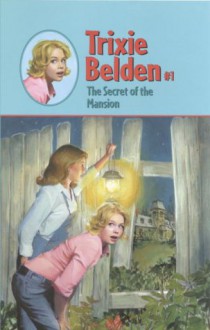
If you want to be someone people will talk about after a public speech, you need to go beyond what most people do in their preparations. You need to look at people who already know how to keep their audience's attention and borrow elements, keeping what's successful in mind as you go forward. The following four points are here to help you out:
You Need Catchphrases
The importance of catchphrases is something we have experienced since childhood, all through adolescence and into adulthood. Marketing jingles, the memorable one-liners of our favourite action heroes, and things successful businessmen and media personalities or authors said that stuck with us. These are all extremely quotable things, the kind of things people share by word of mouth and social media.
These are memorable phrases and concepts you can communicate in short sentences. You need to build these into your presentation; think of something people can meme, quote, tweet, or name. Make this a priority, so your audience won't have to work for it, digging for easily special meaning. Hopefully, your presentation has plenty of material to work with, something both compelling and new.
Share Concrete, Not Subjective Advice
You can split the public speaking people into groups - those who rely on catchphrases above all else and those who tend to focus on the technical side of things and plenty of data. Both of those get a lot of attention from audiences worldwide, so there is no wrong path regarding being inspirational or memorable in this case. The most important thing is to remember to give concrete advice and be on point, not generalising and giving advice anyone can come up with. Depending on the nature of your presentation and public speech, this may or may not apply, but in all cases, the message your speech must present should be well-honed and valuable to your audience. You also need to give concrete examples of why your advice works and how that applies to the audience's needs. Provide information and data to back up your claims, as that is part of what will convince your audience of the truth of your statements.
Make People Want to Write Something Down
You may have had an experience where you saw someone speaking, but you didn't feel like writing anything down. You may have even experienced the opposite with watching someone who wasn't the best speaker, but you wrote a lot of exciting data down for later use. Writing down or recording means that people find the information relevant and interesting. Inspiration is essential, but it must be paired with helpful information to make it matter. You can't simply tell people what they already know, such as "You need to make your brand more popular" or something similar; people need to be given concrete and useful information, something worth writing down and memorising, then utilising in their daily lives.
Include at Least One high-impact Chart or List
Images with rich and interesting data do very well in presentations and social media. Though images do much better than text, unsurprisingly, colourful images also do a great job. In industries like marketing, for example, sharing images with meaningful information is a great way to get your point across. The same goes for many other subjects, especially when combined with text and data. The best part about these images is that people can learn a lot from the slide or image itself; they won't have to look deeper into the subject on the spot to discover your meaning.

 Log in with Facebook
Log in with Facebook 










